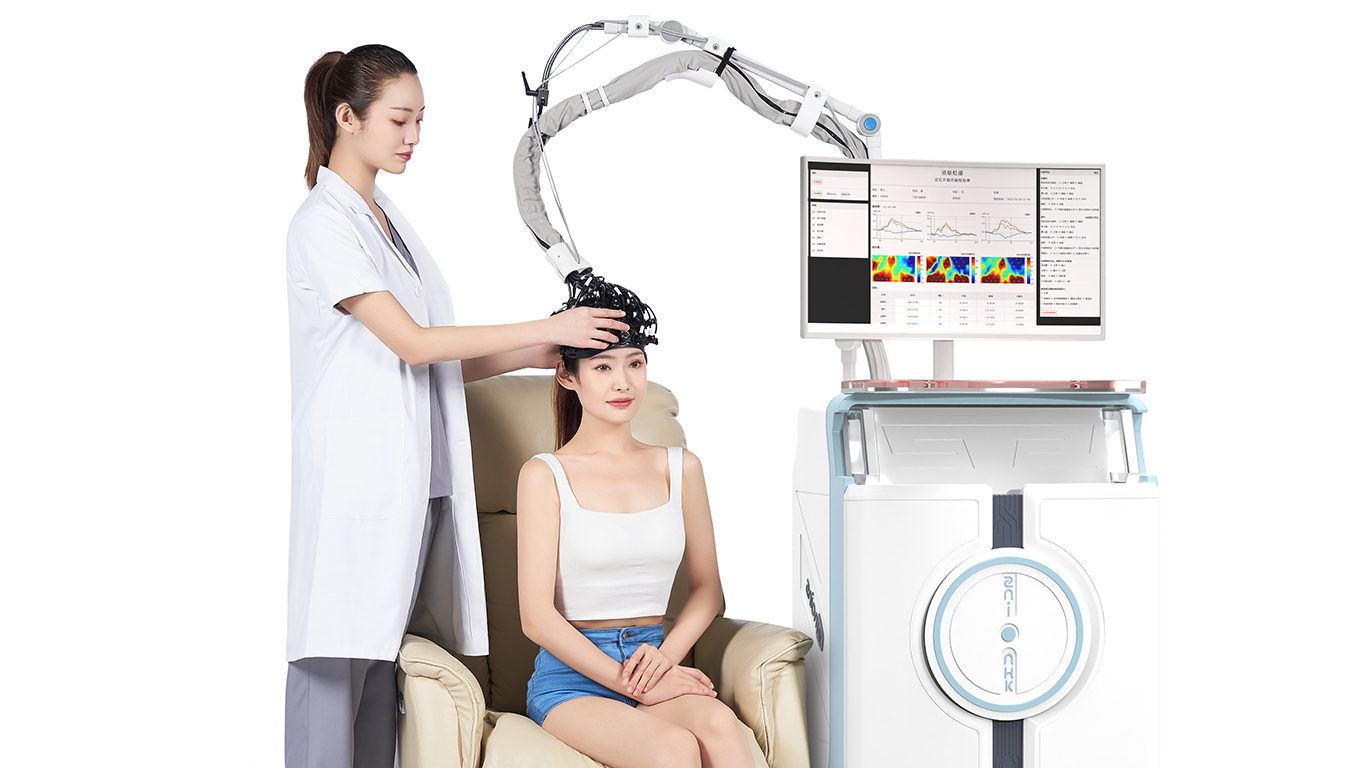Rev. Neurosci. 2016; aop Guadalupe Nathzidy Rivera-Urbina
a,
*, Michael A. Nitsche, Carmelo M. Vicario
and Andrés Molero-Chamizo
a
Applications of transcranial direct current
stimulation in children and pediatrics
DOI 10.1515/revneuro-2016-0045
Received July 24, 2016; accepted October 14, 2016
Abstract: Transcranial direct current stimulation (tDCS)
is a neuromodulatory noninvasive brain stimulation tool
with potential to increase or reduce regional and remote
cortical excitability. Numerous studies have shown the
ability of this technique to induce neuroplasticity and to
modulate cognition and behavior in adults. Clinical stud-
ies have also demonstrated the ability of tDCS to induce
therapeutic effects in several central nervous system dis-
orders. However, knowledge about its ability to modulate
brain functions in children or induce clinical improve-
ments in pediatrics is limited. The objective of this review
is to describe relevant data of some recent studies that
may help to understand the potential of this technique in
children with specific regard to effective and safe treat-
ment of different developmental disorders in pediatrics.
Overall, the results show that standard protocols of tDCS
are well tolerated by children and have promising clini-
cal effects. Nevertheless, treatment effects seem to be
partially heterogeneous, and a case of a seizure in a child
with previous history of infantile spasms and diagnosed
epilepsy treated with tDCS for spasticity was reported.
Further research is needed to determine safety criteria for
tDCS use in children and to elucidate the particular neuro-
physiological changes induced by this neuromodulatory
technique when it is applied in the developing brain.
Keywords: children; clinic; pediatrics; transcranial direct
current stimulation.
Introduction
In recent years, different studies have demonstrated the
potential of transcranial direct current stimulation (tDCS)
to modulate regional and remote cort
外2017经颅直流电刺激在儿童和儿科的应用。


